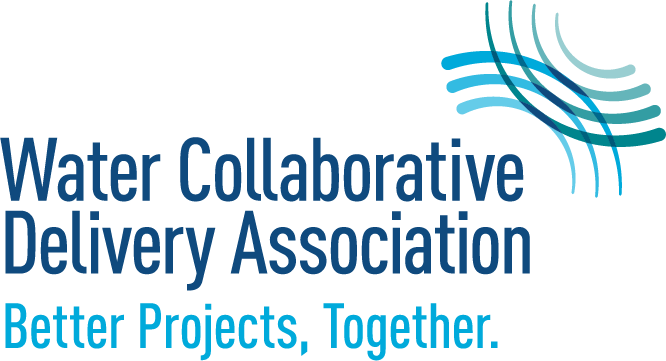We have certainly lived through some extraordinary times since March 11, 2020, when the World Health Organization declared COVID-19 a pandemic. At that time, our collective focus was on the health of loved ones, friends, and family. Little did we realize the industry challenges that would emerge from this disease that originated halfway around the world or what the “new normal” would look like.
At the time of this writing, cost escalation and labor shortages are still prevalent within certain sectors of the construction industry in the United States. Our industry has experienced inflation that many, if not most of us, have never seen in our lifetimes. Additionally, many of the construction workers who went home at the onset of the pandemic did not return to the trades, contributing to labor shortages throughout the industry. The combination of high inflation and labor shortages has resulted in a tremendous amount of risk inside the industry and particularly on contractors. As we know, risk equals dollars. That is just as true in construction as it is within the insurance industry. Identifying ways to manage that risk collaboratively can lower the risk for the contracting community and save money for our clients. A true win-win.
HARD BID
From mid-2020 through 2023, it was not uncommon for contractors to receive quotes on various materials from stainless steel pipe to electrical transformers that said, “PRICE GOOD FOR TODAY ONLY” or some iteration of those terms. As we know, it often takes two to three years (or more) to build the water infrastructure projects our industry constructs. In a hard-bid situation, how does a contractor manage the risk of getting pricing that is good for “today only” for hundreds of thousands or even millions of dollars of materials they will not release for 12-18 months? The answer, of course, is by throwing funds at it to cover the risk. Applying these dollars to cover risk over multiple scopes of work on a large project adds a tremendous amount of money to the total project cost. In that same hard-bid situation, any unused amount of this contingency money that the contractor put in their bid to cover these escalations eventually drops to the bottom line and is realized as additional profit.
The same scenario can play out with labor shortages. The contractor may put additional “premium time” in their bid to entice the limited pool of craft people to work on their project. Any unused premium time dollars in a hard-bid situation will also become additional profit for the contractor. In general, contractors like the profit if they do not have to use all the contingency money; however, they are also very averse to accepting that risk in the first place. They would much rather trade the burden of assuming that amount of risk by forfeiting some potential profit. So, is there a better way?
COLLABORATIVE BID
Let us assume the same risk scenario from the hard-bid situation above and apply it to a collaborative project, either construction management at-risk or design-build. Under collaborative project delivery, the construction manager at-risk (CMAR) or design-builder (DB) can work with the client to establish a mutually agreeable contingency amount used solely to cover these identified risks. Any debits from this contingency would be conducted in an open-book fashion with the client or their agent, such that the client is part of this decision-making process. Any unused contingency would then either be returned solely to the client or, more customarily, shared in some fashion between the CMAR/DB and the client. This shared savings approach ensures the CMAR/DB does not spend contingency dollars in a carefree manner, but rather only when absolutely necessary within the explicit guardrails governing that specific contingency. In this scenario, the client is still ultimately protected. In the unlikely event the contingency becomes exhausted, the CMAR/DB is still at risk for any additional cost.
CONCLUSION
As we have seen, through circumstances outside our control, the last few years have presented unique challenges to our industry. Rampant inflation, labor shortages, and wage escalation have left many contractors unsettled as they try to manage these risks in traditional hard-bid situations. There is, however, a better way. By educating our clients and then implementing creative and collaborative alternatives to managing risk, a true win-win situation can be achieved.

